The holiday season is coming. Going to the beach sounds like a nice idea to spend the holiday. But, do you know that there are some sea creatures that can cause mild and even severe–life threatening skin injuries when we go swimming in the sea?
Let’s read this article to learn more and be more careful when you go to the beach!
Stings caused by jellyfish is one of the most common envenomations experienced by humans in marine environment. They may look beautiful, but can cause injury to our skin. Take a look at how beautiful they are:
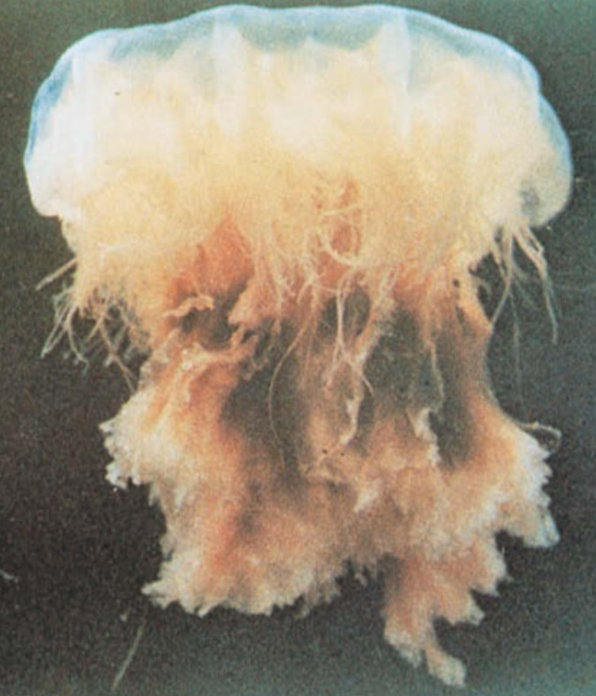
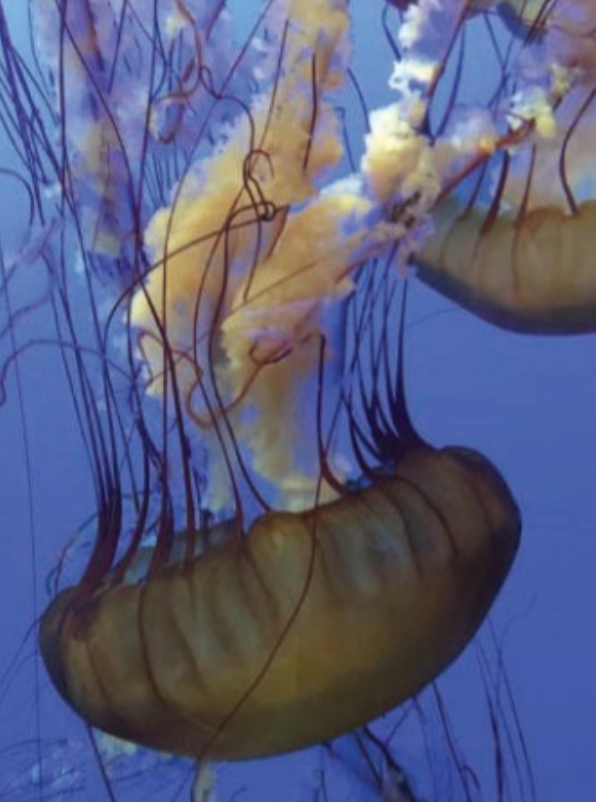
Sea nettles are the most common cause of jellyfish stings, which comprise 2 different species, both of which inhabit Atlantic as well as Indo-Pacific waters. They have a bell measuring up to 1 m and numerous tentacles reaching 30 m in length.
What will happen if we experience jellyfish sting? Initially the victim experiences a sharp burning pain in the area contacted by the tentacles. Within minutes, the sting area develops a zigzag, whip-like pattern of raised red welts 2 to 3 mm wide. The duration of pain may vary, but the pain often begins to abate in 30 minutes. The wheals usually subside by 1 hour, but purplish brown petechial and postinflammatory pigmentation may persist for several days.
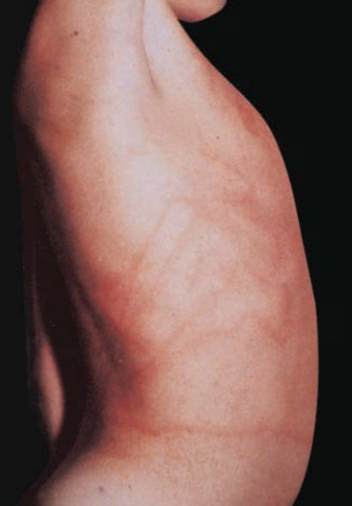
Stings caused by aquatic organisms can be deadly, e.g. stings that are caused by Portuguese Man-of-War or Physalia physalis. This organism can be found in the Mediterranean and Atlantic waters. They belong to the class Hydrozoa and not a true jellyfish.
Look at how gorgeous this translucent blue to pink or purple sea creature:

The stings caused by Portuguese Man-of-War are more painful and severe stings than those caused by sea nettles.
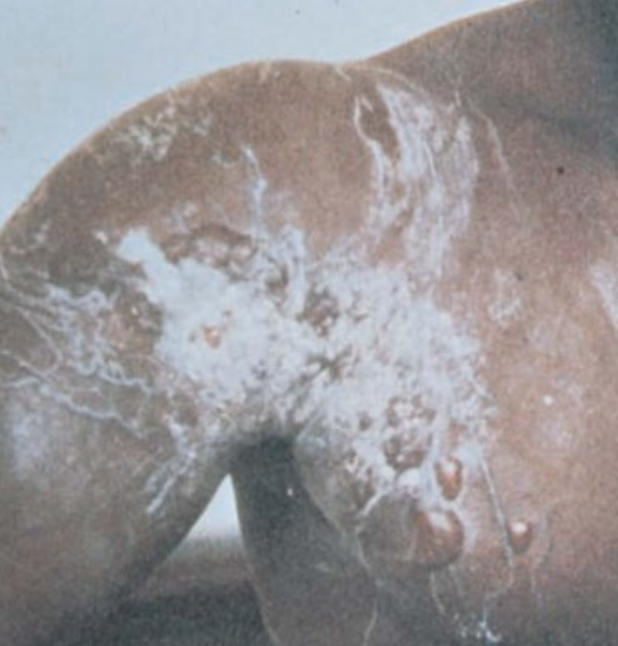
Symptoms that may be experienced by the victim of Portuguese Man-of- War stings are:
- Pain
- Numbness in the sting area
- Nausea
- Abdominal cramps
- Irritability
- Dyspnea
- Chest tightness
In injury caused by Portuguese Man-of-War, postinflammatory striae may persist for weeks to months, Severe localized complications of Portuguese Man-of- War stings may also include arterial spasm in the sting site that can result in distal digital gangrene.
Another common sea creature that can cause injury is sea anemone. The elongated tentacles of the sea anemone may cause delayed-type hypersensitivitiy. Itching and burning occur at the sting site within minutes, accompanied by erythema, edema, and vesicles.
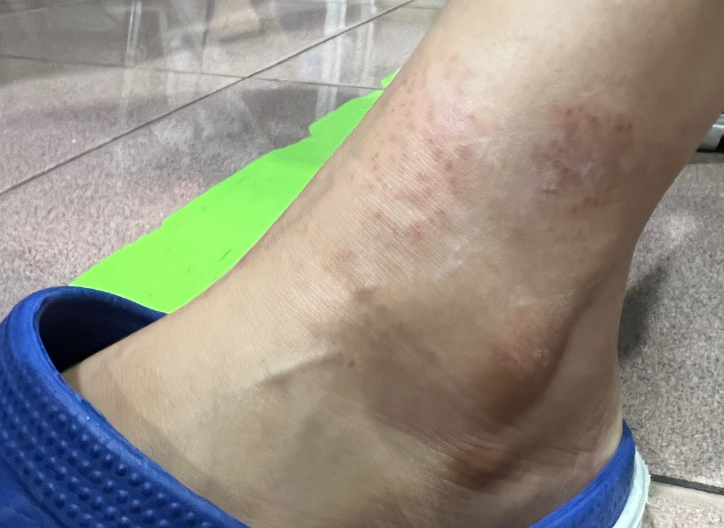
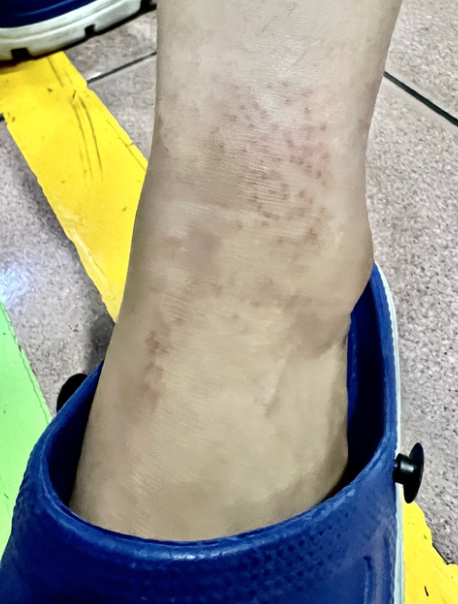
How to Prevent Jellyfish and Sea Anemone Stings?
- Swim only at patrolled beaches with properly trained lifeguards and adequate treatment facilities.
- Avoid swimming in infested waters, especially after a storm, because stings may result from remnants of floating damaged tentacles.
- Beware of apparently dead or beached jellyfish.
- When snorkeling or scuba diving, wear protective clothing such as a wet suit, long-sleeved shirt, pants, or long woolen underwear, and gloves. Even better wear a Lycra stinger suit.
- Use sunblock containing jellyfish and “sea lice” repellent.
- Bathing beaches should be closed during periods of high jellyfish infestation.
Written by dr. Caroline Astrid
Supervised by dr. Putri Reno S., Sp.DV
Reference:
Dobkin, N. 2020. How to prevent and treat summer rashes. https://www.aad.org/news/prevent-and-treat- common-summer-rashes accessed May 18th, 2022.
Janniger, C.K., R.A. Schwartz, J.S. Daly, M.J. Scharf. 2019. “Chapter 182: Bites and Stings of Terrestrial and Aquatic Life” In: Kang, S., M. Amagai, A.L. Bruckner, A.H. Enk, D.J. Margolis, A.J. McMichael, J.S. Orringer (Ed). Fitzpatrick’s Dermatology 9th Edition Volume I. New York: McGraw-Hill. Page 3338-3362.